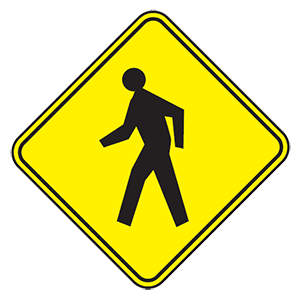2025 Connecticut Permit Test 18
The following questions are from real DMV written tests. These are some of the actual permit questions you will face in Connecticut. Each permit practice test question has three answer choices. Select one answer for each question and select "grade this section." You can find this button at the bottom of the drivers license quiz. For a complete list of questions and answers for Connecticut please visit https://cheat-sheets.dmv-written-test.com/en/connecticut/car.
Number of Tests
Number of Question
Passing Score
9. "No passing zone" signs tell drivers:
Explanation
If you come across a "No passing zone" sign, it is not legal to pass in the indicated area. You are likely driving in an area with restricted visibility where it would be unsafe to pass another vehicle.
10. If you are being passed in a no passing zone, you should:
Explanation
Passing areas are based on how far ahead drivers can see. Allow the passing vehicle to re-enter the drive lane as easily as possible to help everyone avoid potential upcoming hazards.
11. Before changing lanes or attempting to pass another vehicle, you should:
Explanation
Every time you want to change lanes or otherwise move your vehicle to the right or left, signal to alert other drivers to your intentions. Always check your mirrors and turn your head to check your blind spot before attempting any lateral move.
12. To avoid traction loss on wet roads, you should:
Explanation
To prevent hydroplaning, lower your speed in response to wet roads and keep your tires in good condition. If you detect a loss of control, take your foot off the gas, do not apply the brakes, maintain the direction of the vehicle, and allow the vehicle to slow to a manageable speed.
13. This sign means:

Explanation
This sign marks the presence of a crosswalk. Be alert to any pedestrians that may be crossing the roadway.
14. Which of the following statements about blind spots is true?
Explanation
Blind spots are areas that a driver cannot see if they look in their mirrors. Large trucks have large blind spots that drivers of other vehicles should avoid.
15. Drivers turning left must yield to:
Explanation
Drivers making a left turn must yield to all vehicles approaching from the opposite direction. This includes bicycles and motorcycles.
16. At intersections, crosswalks, and railroad crossings, you should always:
Explanation
